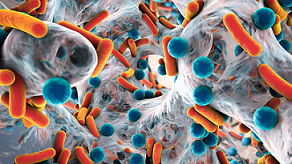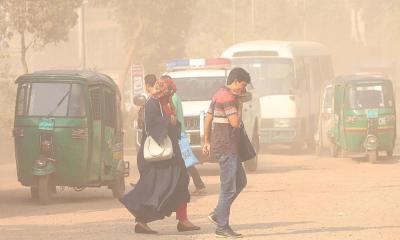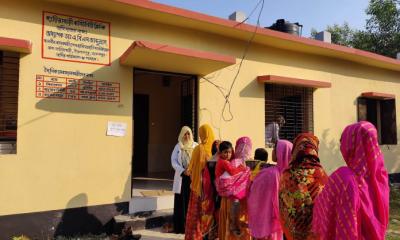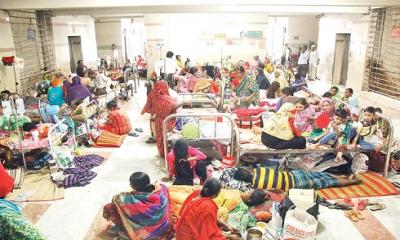- Antibiotic resistant bacteria created in soil and water
- Diseases are spread by sneezes, coughs of sick ppl and mosquitos
- Highest affected are below 20 year-old
Tanvi is three months old child. When the child got infected by some other problems including fever, the family took him to a private hospital in the capital. Pathology tests show the child is carrying drug-resistant bacteria. The doctor said most of the antibiotics will not work in his body for the time being.
Parents were worried after heard this.
Bacteria is becoming resistant to antibiotics is a concern for clinicians and health administrators worldwide. There are thousands of children in the country, like three-month-old Tanvi, whose bacteria have become resistant to antibiotics. In addition to arbitrary drug use, one of the reasons for this is the introduction of antibiotics into the human body from the environment and food.
In many cases, antibiotics are used uncontrollably in the treatment of animals in poultry, fish and beef farms.
A recent study found that 8.61 percent of patients treated at various hospitals in the country were carrying multidrug-resistant (MDR) bacteria. 29.2 percent of them are under 20 years of age. Many of them are children.
Among those under the age of 40, the rate is 57.6 percent.
A recent study has revealed an alarming picture of bacteria becoming resistant to antibiotics. The National Institute of Laboratory Medicine and Referral Center conducted the study for seven months from November 2022 to May 2023. It was funded by the Department of Health.
More than 13,000 patient samples from 12 specialized (tertiary) government hospitals in different regions of the country were tested and 1,149 multi-drug resistant bacteria were found.
The results of the study showed that patients under 20 years of age had the highest prevalence (29.2 percent) of drug-resistant bacteria. Its rate among 20-40 years old is 28.4 percent, 25 percent among 40-60 year olds. 18 percent are over 60 years of age.
Studies have shown that patients admitted to the ICU are at the highest risk of MDR bacterial infection. Besides, the prevalence of MDR bacterial infection is high among those suffering from diseases like high blood pressure, diabetes, pulmonary tuberculosis, chronic kidney disease.
Dr. Sanjida Arina, Assistant Researcher and Microbiology doctor of National Institute of Laboratory Medicine and Referral Center, said people who have been treated outside the hospital or admitted to the intensive care unit (ICU) have been included in this study. She said the ability of bacteria to resist many drugs was highest (21 percent) among the patients of Sheikh Hasina National Institute of Burn and Plastic Surgery. MDR was found in 93 percent of wound samples from patients taken from the Burn Institute. And the highest resistance was found in the pus at Sher-E-bangla Medical College Hospital. MDR was found in 58 percent of the pus samples from the government hospital.
Dr. Sanjida Arina said we have to think about the overall view. Because antibiotics are being used in fish, meat, water, crops, plants in every case. These antibiotics end up contaminating the water and soil. Antibiotic resistant bacteria are being created in soil and water.
Prof. Dr. Be-Nazir Ahmed, The former director of the Department of Health and public health expert said as diseases are spread by the sneezes and coughs of sick people in the hospital, many diseases are also spread by mosquitoes. People come and go from outside to see the patients. In this situation, secondary infection becomes almost inevitable. If the infections are resistant to antibiotics, the patient needs to stay in the hospital for a long time. It also increases the medical expenses several times.
Professor Dr. Zakir Hossain Habib, IEDCR Chief Scientific Officer, said people are getting infected from two places. Just as there are germs in the hospital, so there are in the community. People sometimes get infected from home, and sometimes after taking one disease to the hospital, they get another disease there.
Professor Dr. Zakir Hossain said if someone gets infected from the hospital, the germs become more resistant as a lot of antibiotics are used on patients in hospitals. Multidrug resistant bacteria are found, especially in patients in the ICU. A comparison between inpatients and outpatients shows that inpatients are more resistant to bacteria.
Dr. Zakir Hossain said hospitals should follow effective antibiotic policy and antibiotic principal. Otherwise, antibiotic resistance will kill more people in the near future than any other infectious or non-communicable disease.
ZH






